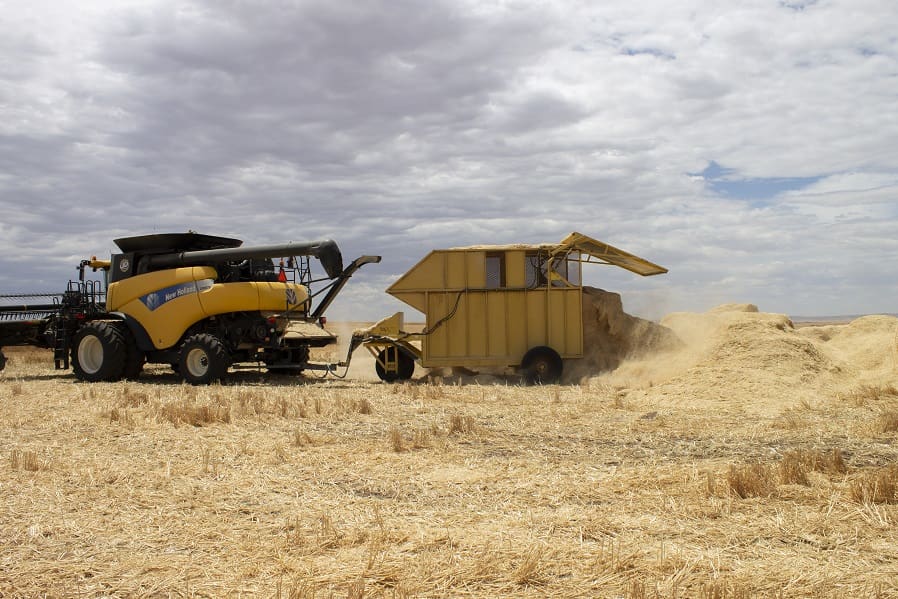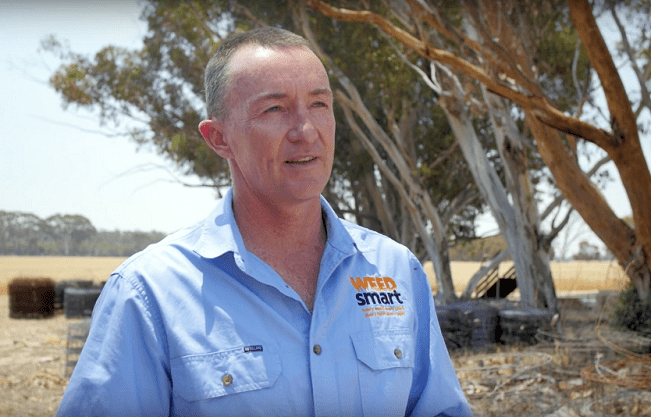
There is good data to suggest that harvest weed seed control costs are $7 to $19 per hectare and there are only minor differences in the cost between the available tools when compared using the same farm data. A chaff cart is a particularly good fit on mixed farms.
HARVEST weed seed control works.
When there are a few different options to achieve an outcome it can be hard to weigh up which one is the best choice.
When it comes to harvest weed seed control methods there is good evidence that all the available options achieve a similar end result in terms of weed seed bank decline.
But there is a wide variation in initial outlay, in associated activities and in nutrient removal or concentration.
Then there is the on-going problem of using average costs compared to using your own costs when doing the calculations.
To assist, WeedSmart western extension agronomist Peter Newman has developed an interactive spreadsheet tool that growers and advisors can use to compare the costs of the available harvest weed seed control (HWSC) tools, using data and costings from their own farm situation.
“We have good data to suggest that harvest weed seed control costs are $7 to $19 per hectare and there are only minor differences in the cost between the available tools when compared to using the same farm data,” Mr Newman said.

WeedSmart western extension agronomist, Peter Newman.
“But because every farm is different and small differences in costs per hectare can make a big difference at the whole farm scale, it is important for growers to have confidence that they can afford and justify the expenses incurred.”
Some HWSC tactics involve the purchase of substantial machinery – such as an impact mill, chaff cart or chaff deck – but the operational and labour costs might be lower than methods such as narrow windrow burning, which involves low set-up costs but higher nutrient losses and labour costs associated with burning.
Invariably narrow windrow burning is the most expensive option in the long-run due to the high nutrient removal cost.
“As a general rule, the cost of HWSC is lower per hectare on larger farms with lower yields,” Mr Newman said.
“This is because the capital cost is spread over a larger area, less nutrients are removed because the yields are lower and the low biomass crops allow low harvest heights without slowing down the harvester or using extra fuel. The converse is generally true for smaller farms with higher yields.
“By imputing your own figures into the HWSC costing tool you can quickly evaluate the financial impact of the available options.”
Another important factor to consider is that some of the technology is relatively new to market and there are unknowns such as the expected life of components when operating in commercial field conditions.
As time goes by the manufacturers will be able to provide more concrete advice on service and repair costs, and any component failures will be overcome.
The easy-to-use spreadsheet takes into account capital cost, nutrient spread/loss, cost of ownership, harvest cost, reduction in harvest capacity, fuel use and replacement of wearing parts. Users also input data about their farm size and crop yields.
Source: WeedSmart
For more information about harvest weed seed control and to download the HWSC costing tool visit the website: www.weedsmart.org.au
Direct link to HWSC cost calculator: https://weedsmart.org.au/wp-content/uploads/2020/04/Newman-Costof-HWSC-calculator-including-weedhog.xlsx

HAVE YOUR SAY